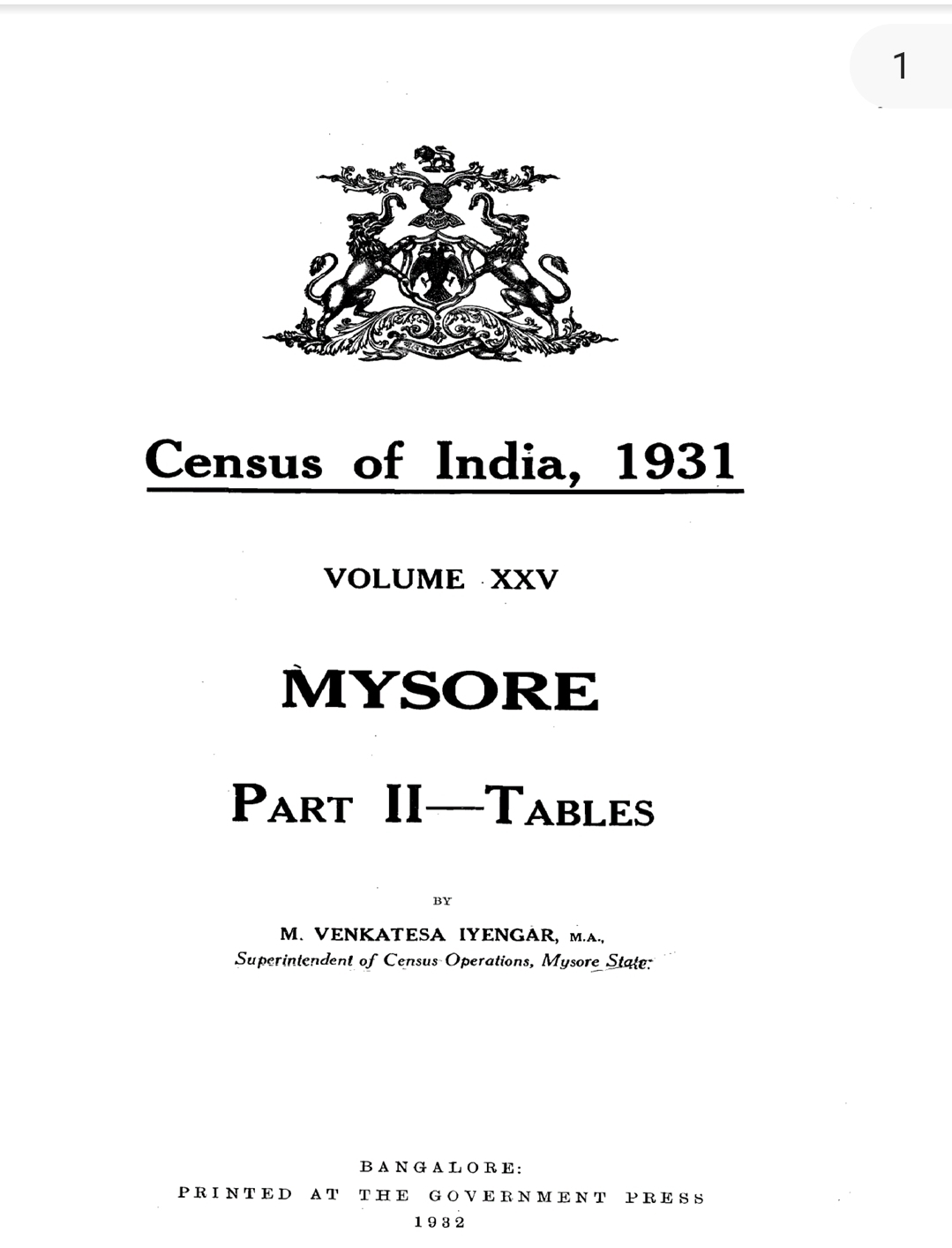Understanding the Distinction Between Fabric and Textile.
Fabric and textile are terms often used interchangeably to describe materials used in the production of clothing, furnishings, and various other products. While they are closely related, there are subtle differences between the two concepts that are important to understand.
In this article, we delve into the distinction between fabric and textile, exploring their definitions, characteristics, and applications.
Fabric:
Fabric refers to a flexible material composed of fibers, yarns, or threads that are woven, knitted, or bonded together to form a continuous sheet or piece of material. Fabrics can be made from natural fibers such as cotton, silk, wool, and linen, as well as synthetic fibers like polyester, nylon, and acrylic. The process of weaving, knitting, or bonding fibers together creates a structured textile surface with specific properties such as texture, strength, elasticity, and drape.
Characteristics of Fabric:
1. Composition:
Fabrics can be made from a single type of fiber or a blend of different fibers, resulting in a wide range of textures, colors, and performance characteristics.
2. Structure:
Fabrics can have varying structures depending on the weaving or knitting technique used, such as plain weave, twill weave, satin weave, jersey knit, rib knit, and more.
3. Properties:
Fabrics exhibit specific properties such as breathability, moisture absorption, insulation, durability, and stretchability, which influence their suitability for different applications.
4. Finishing:
Fabrics may undergo various finishing processes, including dyeing, printing, coating, and treatments for wrinkle resistance, stain repellency, flame retardancy, and water resistance.
Textile:
Textile is a broader term that encompasses all materials and products produced by weaving, knitting, felting, or otherwise processing fibers or yarns into fabric or cloth. In addition to fabrics, textiles also include non-woven materials such as felt, lace, nets, and technical textiles used in industrial applications. Textiles may be used for apparel, home furnishings, technical applications, medical purposes, and more.
Characteristics of Textile:
1. Diversity:
Textiles encompass a diverse range of materials, structures, and applications beyond traditional fabrics, including non-woven textiles, knitted textiles, composite materials, and functional textiles.
2. Versatility:
Textiles are versatile materials with applications in various industries, including fashion, interior design, automotive, aerospace, healthcare, sports, and construction.
3. Innovation:
Advances in textile technology continue to drive innovation in materials, processes, and applications, leading to the development of new textiles with enhanced performance, sustainability, and functionality.
While fabric and textile are closely related concepts, they refer to different aspects of the materials used in clothing, furnishings, and other products.
Fabric specifically denotes the structured material formed by weaving, knitting, or bonding fibers together, while textile encompasses a broader category of materials and products produced through fiber processing and textile manufacturing processes.
Understanding the distinction between fabric and textile is essential for appreciating the diversity and versatility of materials used in various industries and applications.
The Warp and Weft Society:
https://chat.whatsapp.com/G0GlK16k5nMJIeLRhYgXL1
https://www.facebook.com/groups/639106918190039/?ref=share_group_link
#828






Comments
Post a Comment